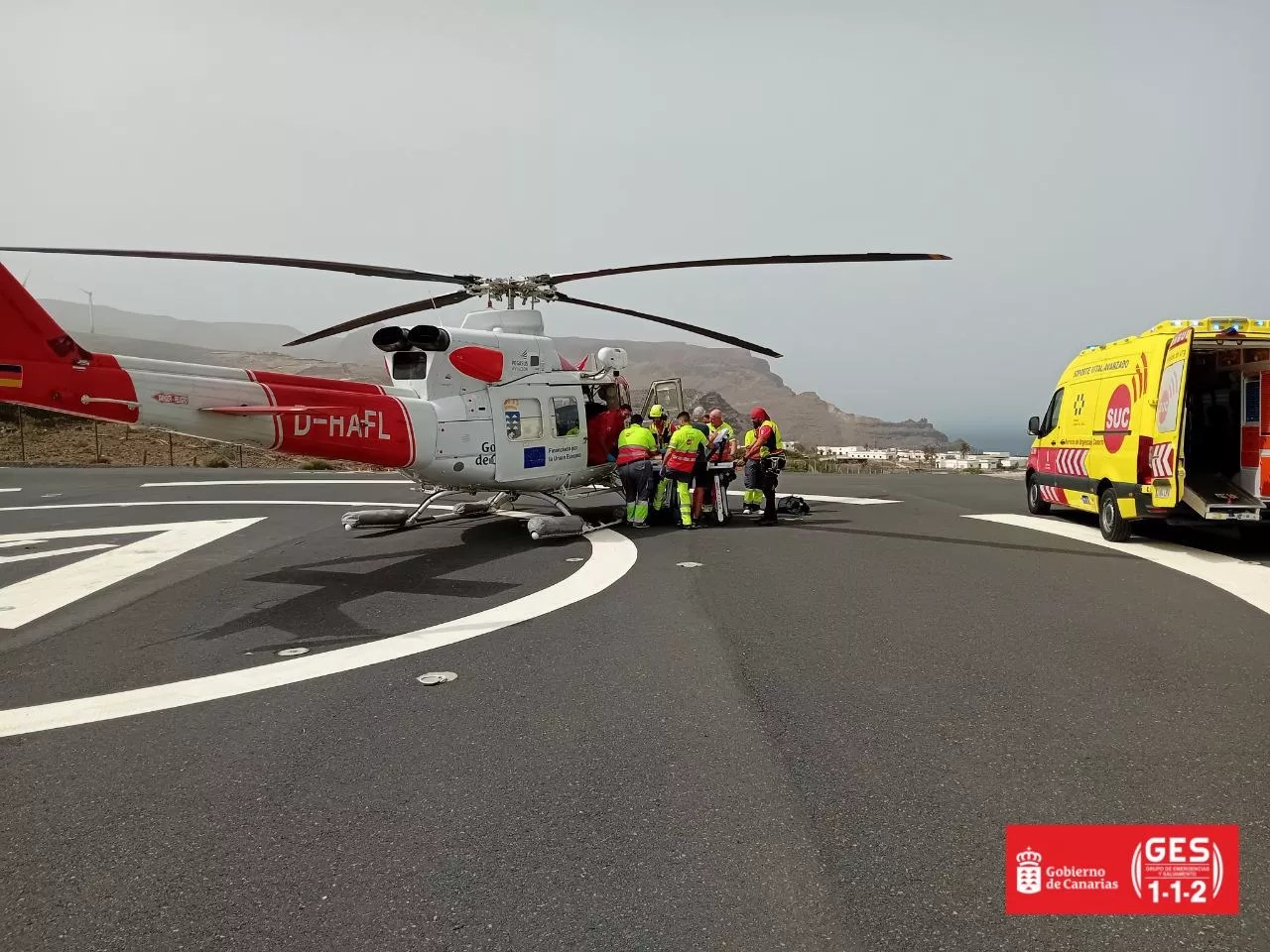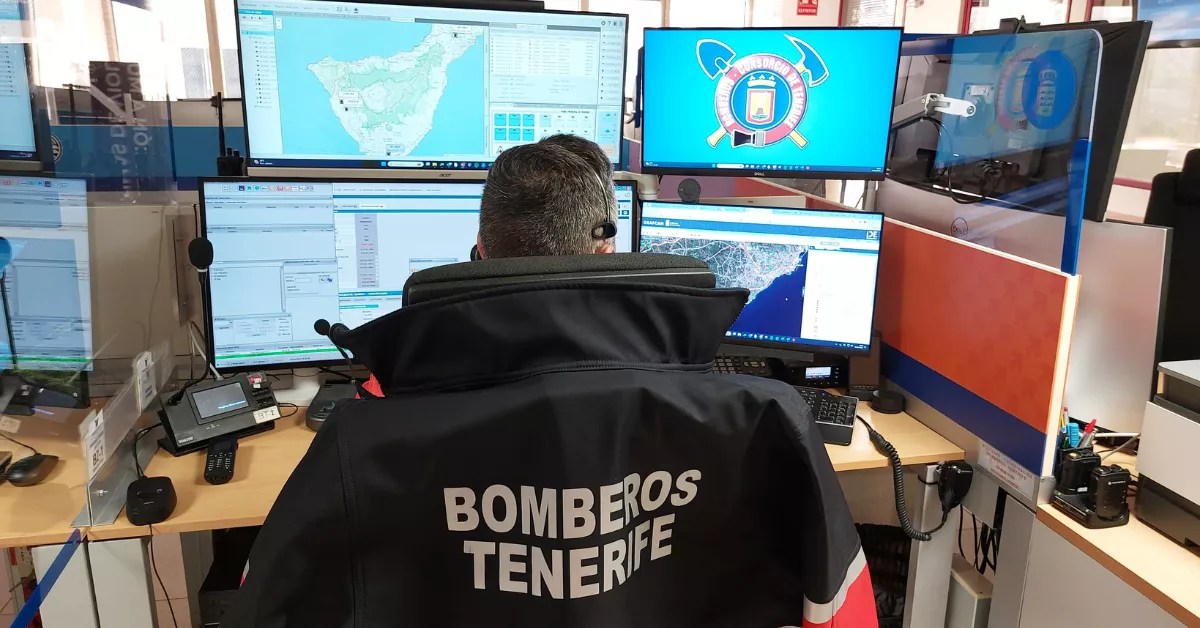“It is true that We have seen that there are people who had their plots or their family farms abandoned and that, due to the temporary employment regulation files (Ertes) and the economic uncertainty, they have planted again for their own consumption or to produce some complement to the family economy, ”Parrilla details. The counselor hopes that the next Crop Map prepared by the Canary Islands Government, which will be the first since 2016, may reflect this change in trend on an island that five years ago had almost 21,000 hectares of abandoned arable land and just 18,117 hectares in exploitation, with banana as the main crop (3,934 hectares), followed by vineyards (3,193 hectares) and potatoes (2,358 hectares).
Non-professional farmer
That braking to abandonment has a lot to do with the so-called non-professional farmer, which tends to their land to generate a complement to the family economy or simply dedicates its production to self-consumption. “It has been seen that, mainly in the midlands, people resumed cultivating their own little garden during confinement and in the following months, and this has also generated economic activity through the purchase of seeds and supplies,” indicates the counselor of Farming. The putting into operation of family gardens was noted, for example, in the massive purchase of white potato seed.
The role of these small non-professional farmers, who have had more time to return to the field, has been complemented with the bets of large producers that in Fasnia, for example, they have made a large investment in the largest strawberry farm in the Canary Islands; they have expanded land for the cultivation of black egg yolk potatoes, or have wanted to grow, to the extent of their possibilities. A growth that in the potato sector has generated some losses due, paradoxically, to a good harvest that saturated the market.
Fire hazard
Regarding the risk of fire that abandoned farmlands can pose, Parrilla warns that that danger is not limited to farms, “But also to the land bordering the houses, which can increase the levels of risk.” At least in the northern midlands of Tenerife, the counselor understands that vacant lots are not a key factor with regard to fires, “especially when fires are occurring that, apparently, are caused by some people.”
«More than thinking about fires, what worries me about an abandoned agricultural land is precisely that it is a space with potential agricultural use that is abandoned and does not collaborate in favor of the maintenance of our agricultural biodiversity. To avoid this, we are working on measures that try to avoid this progressive abandonment, ”says Parrilla.
The insular councilor regrets the delay “due to personnel reasons” in the publication of the long-awaited Tenerife Crop Map, which the Canary Islands Government elaborates with data from the observations made in 2019. “It should have been published in 2020, but we will see each other almost in 2022 with the data from 2019,” he says. This document will not reflect the impact of the pandemic, the consequences of which can only be measured when the second half of 2020 and the entire year 2021 are studied.
In the absence of this global study, the data from the Agrarian Extension agencies indicate that the situation “goes, as in almost all facets of the island economy, by neighborhood,” according to Parrilla, who adds that “there are areas of the La Orotava Valley where a lot of land is recovering which was abandoned at the time and is now being exploited to plant avocado trees. With the expectation of good prices, still more growth is anticipated ”.
“We are working on measures that try to avoid this progressive abandonment”
In the southwest area of the island, which benefits from the irrigation waters of Lomo del Balo, «there are about 50 new plots, of more than 1,500 hectares, that are waiting to obtain water from Balten to access water to better price and higher quality ». Javier Parrilla points out that wherever there is quality water, be it desalinated or regenerated, “People are betting on exploiting land that was abandoned.”
The counselor is concerned about the progressive abandonment of vineyards in areas such as Tegueste or Daute: «We see that care is being stopped a crop that requires more complicated work, which needs people with prior knowledge. And he insists that the agricultural sector “depends a lot on the availability and quality of irrigation water, and also on business expectations.”
“We have objective data that avocado cultivation is growing, although in some cases it is a bit sad that the tradition of the vineyard is changed to avocado,” he acknowledges. In his view, «the territory is maintained and there is agricultural activity, but we lose a sign of identity. For this reason, from the Cabildo de Tenerife we are trying to improve training so that we have more personnel capable of maintaining the vineyards. Special mention should be made of the braided cord, which will require a special project to promote its knowledge and protect it so that it does not get lost ”.
Almost 21,000 hectares abandoned
Javier Parrilla hopes that the Government of the Canary Islands will soon publish the update of the Tenerife Crop Map, pending for five years. In the last campaign analyzed, that of 2015-2016, the study determined that on the island of Tenerife there are almost 21,000 hectares of abandoned farmland, the equivalent of the entire surface of La Orotava, which is the largest municipality on the island. The total cultivated agricultural area was then 18,117 hectares, of which 3,934 were dedicated to the majority crop: banana. Nearby were 3,193 hectares dedicated to vineyards, an area that in recent years could have suffered a decline to benefit crops such as avocado, which then occupied 458 hectares. The potato was planted in 2016 on a total of 2,358 hectares. Fruit trees, with 1,835 hectares, occupied more land than vegetables, with 1,693. There were another 814 hectares of cereals and legumes; 365 hectares of ornamental and aromatic plants; 216 of tomatoes, and 196 of grasses.

















